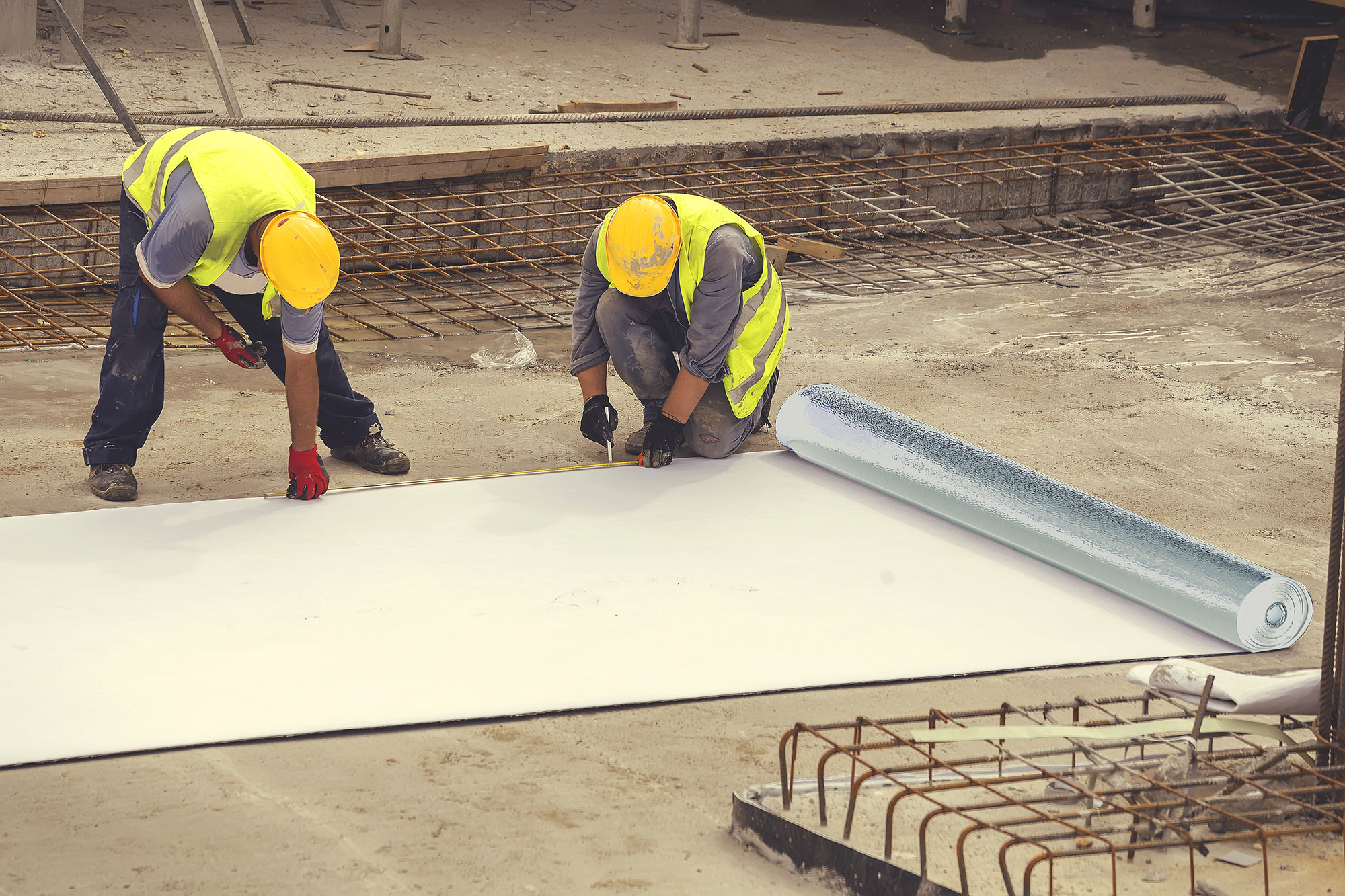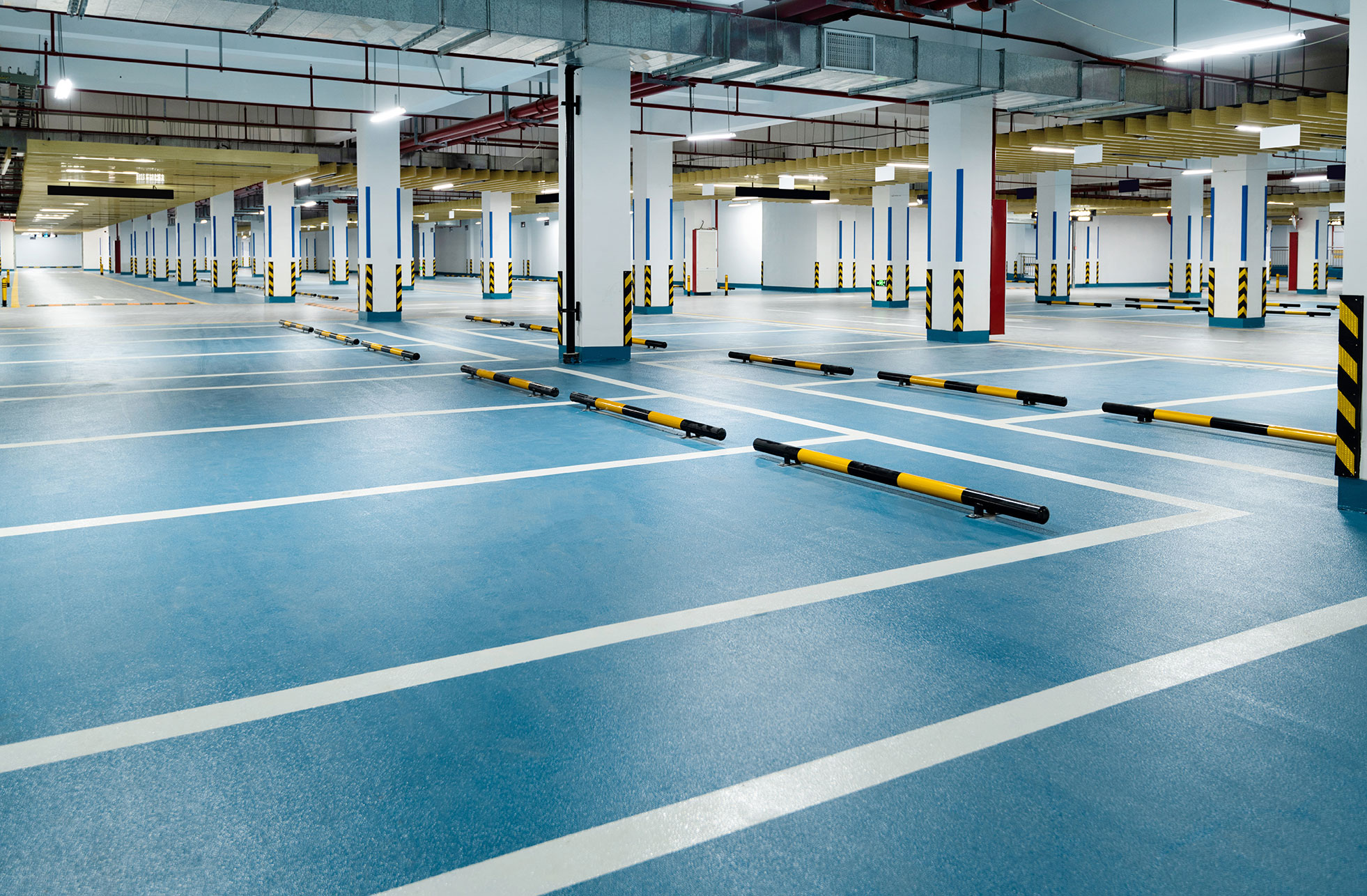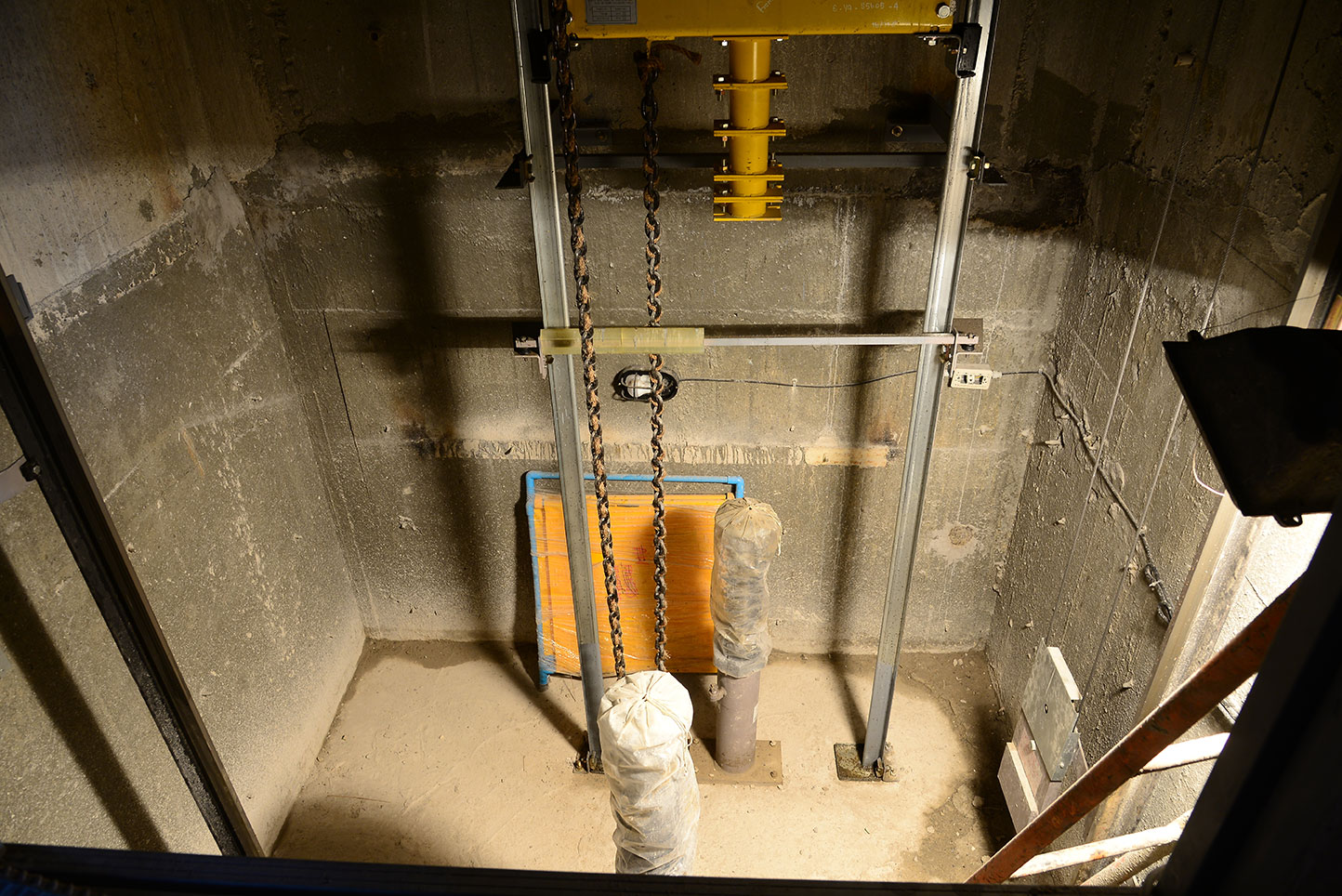
Ultimate Guide: Best Waterproofing Solutions for Foundations
ARDEX ENDURA
08 Jul 2025
06 Min
The foundation is literally the base on which the entire structure stands. Hence, it is very important to waterproof it to prevent all types of water infiltration. Inadequate waterproofing solutions can cost you a fortune in property valuation and remodelling.
In this blog, we will examine the various types of waterproofing solutions available in the market and the factors to consider while choosing the right one for your building.
Why Foundation Waterproofing is Essential
The foundation is the base that holds the entire weight of the structure. To ensure a strong and durable foundation, it has to be kept dry and stable at all times.
Basement waterproofing is critical to prevent hydrostatic pressure from causing water ingress, which can compromise structural integrity by eroding concrete and corroding reinforcement. It also mitigates capillary action and lateral water pressure, safeguarding the basement walls and floors from water-related deterioration. Effective waterproofing enhances durability and prolongs the lifespan of the structure.
Hence, it is important to invest in effective waterproofing solutions to reduce maintenance costs and increase the life of your building.
BS 8102 – British standard for basement waterproofing
BS 8102:2022 – Code of Practice for Protection of Below Ground Structures Against Water Ingress – is the British Standard that provides guidance on designing waterproofing systems for structures below ground level. Here are the key aspects:
Waterproofing Grades
Defines three performance grades based on intended use:
- Grade 1 – Some seepage acceptable (e.g., car parks).
- Grade 2 – No water penetration; damp areas acceptable (e.g., plant rooms).
- Grade 3 – Completely dry environment required (e.g., habitable spaces).
Waterproofing Protection Types
BS 8102 classifies waterproofing into three types:
- Type A (Barrier Protection) – Uses membranes or coatings applied to surfaces.
- Type B (Structurally Integral Protection) – Waterproof concrete or other watertight construction materials.
- Type C (Drained Protection) – Cavity drain systems that manage water ingress by channeling it to a sump and pump.
Risk Assessment
Emphasises early-stage risk assessment based on:
- Groundwater conditions
- Site topography and drainage
- Soil characteristics
- Intended use and performance grade
Types Of Waterproofing Solutions
Crystalline Waterproofing
Crystalline waterproofing involves applying a chemical treatment that goes through concrete and forms insoluble crystals upon reacting with moisture. These crystals fill pores and micro-cracks, blocking the water pathways. The method is considered durable, making it ideal for basements, foundations and water tanks.
Cementitious Waterproofing
Cementitious waterproofing uses a mixture of cement-based compounds applied to a surface to create a rigid, waterproof layer. It is cost-effective, easy to apply and suitable for areas such as bathrooms, kitchens and water treatment plants. Its only major drawback is that it lacks flexibility and might not be able to withstand significant structural movement.
Bituminous Membranes/Coatings
Bituminous waterproofing applies asphalt-based materials to create a protective barrier. They have a liquid application and adhere well to surfaces where bituminous membranes are pre-formed sheets applied with adhesives or heat. These are commonly used for foundations, roofs, and underground structures owing to their durability and water resistance.
Liquid-Applied Membranes
Liquid-Applied Membranes are coatings applied in liquid form that create a seamless, flexible, waterproof layer. They are ideal for complex surfaces and areas, such as roofs, terraces and balconies, that require elasticity and flexibility. Liquid-applied membranes also offer excellent adhesion and resistance to the harmful UV rays of the sun.
Sheet Membrane Waterproofing
Sheet membranes are pre-made waterproof sheets. They are fabricated from materials such as PVC, TPO, SBE, or HDPE. They are applied to surfaces using adhesives or mechanical fastening. Sheet membranes offer a consistent thickness and are ideal for waterproofing large areas, such as basements and flat roofs.
Key Factors to Consider When Choosing a Waterproofing Solution
Water Pressure Levels
Assessing the level of lateral and hydrostatic water pressure is important especially in the case of basements and similar structures. High hydrostatic pressure requires strong waterproofing solutions that are ideal for withstanding constant water pressure to prevent infiltration.
Structural Movement
Buildings naturally undergo movements due to settling, thermal expansion or seismic activity. Hence, it is essential to select a flexible waterproofing material that allows for such movements without compromising the structure's integrity over time.
Application Conditions
The success of a waterproofing system heavily depends on the conditions during application. Factors such as temperature, humidity, and substrate moisture content can interfere with the adhesion process. Ensuring optimal conditions during installations is essential for the effectiveness of the waterproofing solution.
Longevity and Durability
Long-term performance is a critical consideration. Material should resist environmental factors such as UV exposure, chemical attack and physical wear. Durable systems reduce the need for frequent repairs and replacements.
Compatibility with Construction Materials
The waterproofing solution should be compatible with the existing construction material. This helps ensure that the solution is properly adhering to the surface, preventing chemical reactions that can compromise the system's integrity.
Maintenance Needs
Understanding the maintenance requirements of a waterproofing system is essential. Some systems require routine inspections to maintain their effectiveness, while some require comparatively less maintenance.
Cost and Installation Complexity
Your budget and the complexity of the installation play a significant role in the decision-making process for your waterproofing solution. While some high-performance systems may require a higher initial investment, they prove to be a cost-effective solution over the long run. Hence, it is crucial to sort out your budget before selecting your waterproofing solution.
Step-by-Step Guide to Implementing Foundation Waterproofing
- Assess the site: Carefully evaluate the site in terms of the weather, soil type and the condition of the foundation to decide which waterproofing solution seems ideal for you.
- Choose the Right Solution: Based on your understanding, decide whether you want an interior, exterior or a combination of both.
- Prepare the Area: Empty the area around the foundation and clean the surface to ensure it is suitable for attaching the membrane.
- Apply the waterproofing system: Install membranes, coatings and a drainage system to block the water from entering externally and use sealants on the inside to prevent cracks.
- Inspect and Maintain: Regularly inspect to spot any damages before they escalate.
Common Mistakes to Avoid When Waterproofing Foundations
Slipping through the site assessment process, using incompatible products, and postponing maintenance for the longest can result in weakening the integrity of your foundation and affect the health of your building.
Expert Tips for Effective Foundation Waterproofing
- Seek professional help for high-risk projects.
- Invest in durable, high-quality, waterproof results for trustworthy results.
- Consider waterproofing your building foundation from the very beginning.
Conclusion
Proper waterproofing is essential to protect your foundation from water damage. By implementing the right techniques and maintaining your system, you can safeguard your property against moisture-related issues. Ardex Endura offers advanced waterproofing solutions designed to provide long-lasting protection, ensuring your foundation remains safe.




